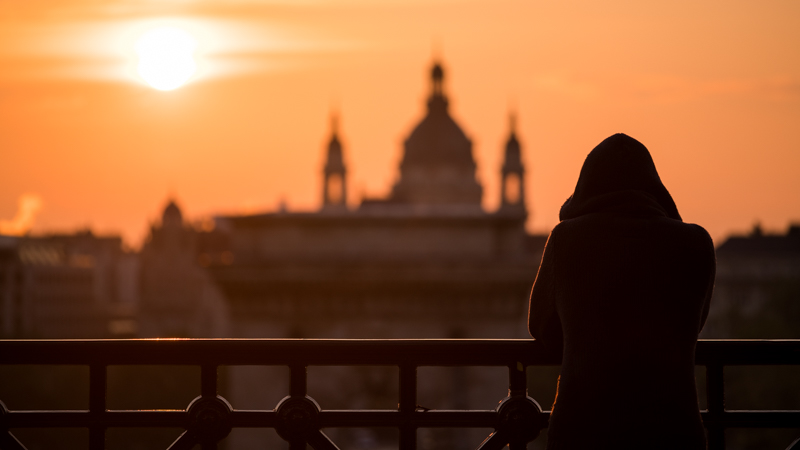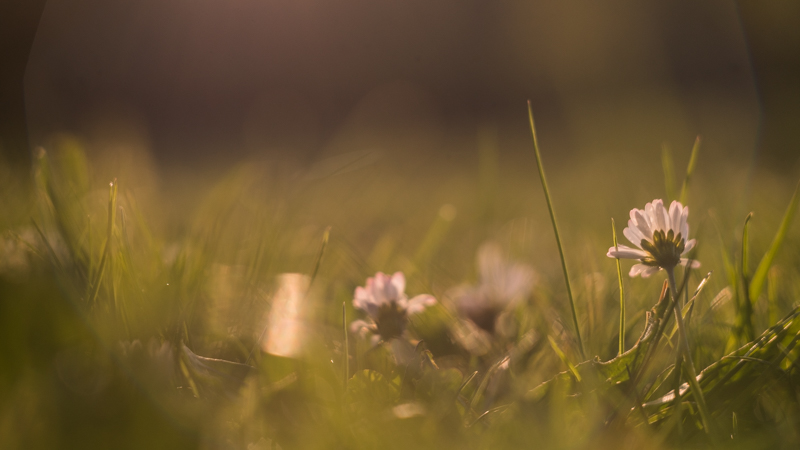
For decent Milky Way shots you need really good conditions – which don’t come often – and a good location. Regarding the latter I decided to go for the Dolomites in Italy, so I followed the weather forecast for quite some time and one weekend the conditions were finally said to be what I needed, so I decided to go there and challenge my luck…
In the Bag
As I wasn’t bound by airline carry on restrictions this time I brought a little more gear than usual. For astrophotography I carried my trustworthy Mindshiftgear rotation 180 panorama* backpack. In the belt comparment I was carrying my A7s, Zeiss Loxia 21mm 2.8, Voigtlander VM 35mm 1.7 + 5m filter and my Samyang 14mm 2.8. I also carried a very sturdy Gitzo Series 4 tripod and of course a remote trigger.
Continue reading Making of series part 3: “Milky Valley” with Voigtlander 1.7/35













